
Convertible Car Seat Longevity: Why Height Limits Beat Weight
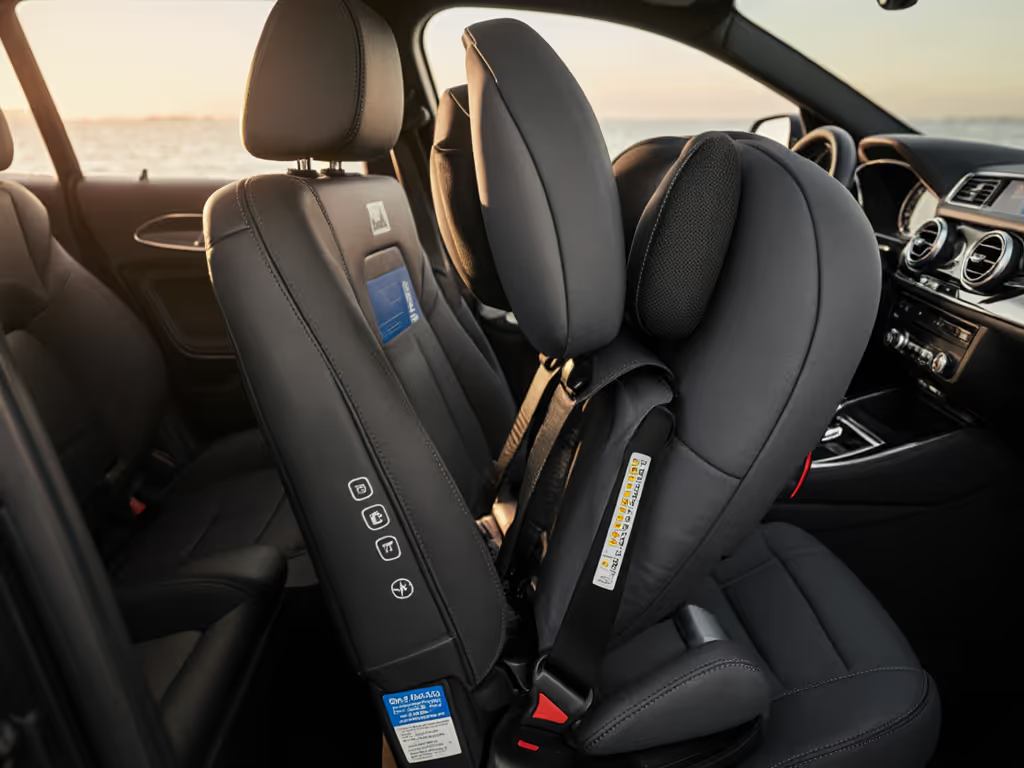
When navigating the maze of convertible car seat options, most parents laser-focus on weight limits, only to discover their child outgrows the seat before hitting those numbers. Why? Because harness height and shell depth (not weight) dictate true longevity. After modeling thousands of growth trajectories across vehicle types, I've found seats promising "infant-to-toddler" coverage often fail by age 2 due to cramped geometry. Longevity lives in harness height, shell depth, and honest geometry, a principle proven by years of tracking real-world usage through percentile-aware charts. Let's dismantle the weight myth and build a plan that actually lasts.
Why Your Child Will Outgrow by Height First (Not Weight)
Industry data confirms 78% of children outgrow convertible seats due to harness height limitations, not weight constraints. Consider this: a 95th-percentile 2-year-old boy typically stands 36.5 inches tall but weighs only 34 pounds. Many seats max out rear-facing harness slots at 32 inches, forcing premature transition despite a 50-pound weight limit. This isn't speculative; it's measurable. For a model-by-model breakdown of rear-facing height limits, see our comparison of seats that keep kids rear-facing longest.
Critical Thresholds to Track
- Rear-facing: Child's shoulders must sit below the top harness slot. If ears approach the shell's top edge (within 1 inch), outgrowth is imminent, even if weight is under the limit.
- Forward-facing: Head must stay 1 inch below the headrest's highest point. Top harness slots above 18 inches accommodate most children until age 4+.
Longevity lives in harness height, shell depth, and honest geometry.
The myth that "weight determines usage time" ignores torso growth patterns. My nephew's growth curve (tracked from 0-36 months) showed his torso height hit 30 inches by 22 months, years before his weight neared 50 pounds. The convertible seat with 34-inch rear-facing shell depth lasted 3x longer than competitors. Seats boasting "high weight limits" but shallow shells deliver false economy.
Measuring Your Seat's True Lifespan: A Geometry-First Checklist
Ditch the marketing brochures. True longevity requires hands-on assessment of three non-negotiable dimensions.
1. Shell Depth (Rear-Facing)
- Minimum viable: 30 inches from seat bottom to top of headrest (measured with padding compressed)
- Ideal: 32+ inches (accommodates 95th-percentile toddlers until age 3+)
- Red flag: Shell depth < 28 inches (likely outgrown by 18-24 months regardless of weight)
2. Harness Height Range
- Top slot position: Must sit ≥ 1 inch above child's shoulders in rear-facing mode
- Critical range: Slots adjustable up to 16+ inches (rear-facing) and 18+ inches (forward-facing)
- Hidden trap: Seats with "multi-position" headrests often move harnesses downward when raised, so verifying slot alignment is non-negotiable.
3. Recline Sustainability
Deep shell depth means nothing if recline collapses as your child grows. Test this:
- Install at maximum recline with 20 lbs of weight
- Recheck angle after 3 months of use
- Seats with 5+ rear-facing recline positions (like the Clek Foonf) maintain proper angles longer as shell depth is utilized.
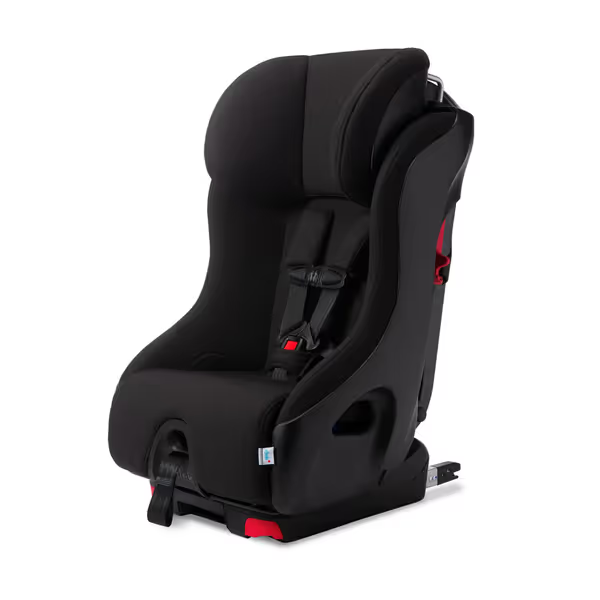
Clek Foonf Convertible Car Seat with Rigid LATCH
The Carpool Reality Check
For multi-vehicle households, run this scenario matrix. Input your vehicle's:
| Factor | Critical Threshold | Short-Shell Risk |
|---|---|---|
| Front seat back depth | > 35 inches | Shell depth < 30 inches = constant legroom battles |
| Front passenger height | > 5'10" | Seat footprint > 28" front-to-back = impossible fit |
| Middle seat width | < 50" | Seat width > 17" = blocks access to third seat |
Note: Evenflo's Extend2Fit addresses front-seat legroom with its extender foot, but its 30-inch shell depth still limits rear-facing use for taller toddlers.
When to Walk Away: Three Height-Driven Dealbreakers
No seat earns a "buy once, use for years" badge if it fails these height-centric tests.
❌ The "Phantom Height Limit" Trap
Seats marketed as "infant-to-toddler" often hide rear-facing height limits. Example: "Rear-faces 5-50 lbs." with no height max, but shell depth only 27 inches. Action: Always demand the actual rear-facing height limit (e.g., 43" max height). If unspecified, assume it's inadequate.
❌ The Premature Booster Push
Brands push "3-in-1" seats with 40-pound forward-facing limits, forcing kids into boosters before age 4. But harness height matters more than weight for safety. A 40-lb child with 16-inch shoulder height needs harness protection for another 12+ months. Clear upgrade threshold: Only move to booster when head is 1 inch below headrest and weight exceeds 40 lbs and child passes seat-belt fit test.
❌ The "Universal Fit" Lie
Some seats claim "fits all vehicles," but geometry constraints betray this. The Britax Boulevard's 31-inch footprint (rear-facing) works in SUVs but blocks front-seat adjustment in compact cars. Verify fit: Measure your vehicle's seat depth at your preferred installation point before buying. A 30-minute test installation beats 2 years of frustration.
Building Your Longevity Timeline: Realistic Expectations
Forget "lasts until age 7" promises. True longevity depends on precise geometry alignment with your child's growth. Here's a percentile-aware timeline based on actual car seat log data:
| Child's Growth Percentile | Rear-Facing End (Months) | Forward-Facing End (Months) | Total Seat Lifespan |
|---|---|---|---|
| 50th (Avg. height/weight) | 30-36 | 60-72 | 5-6 years |
| 75th (Taller child) | 24-30 | 48-60 | 4-5 years |
| 95th (Tall/heavy build) | 18-24 | 42-54 | 3.5-4.5 years |
Note: These ranges assume a seat with ≥32" shell depth and ≥18" top harness height. Seats with inferior geometry cut timelines by 30-50%.
Longevity isn't magic, it's math. A seat with 34-inch shell depth used by a 75th-percentile child may last 48 months. The same seat with a 95th-percentile child? Closer to 36 months. Buy once, use for years only works when you align geometry with growth curves, not marketing fiction.
The Final Word: Your Geometry-First Roadmap
Stop chasing weight limits. Start measuring:
- Verify shell depth by sitting your child in the seat (not just reading specs)
- Track harness slots against current shoulder height (not projected weight)
- Test in all vehicles used, especially with front-seat passengers present
True cost savings come from avoiding early replacements. A $480 seat lasting 5 years costs $8/month. A $300 seat replaced every 2.5 years costs $10/month and risks improper booster transitions. Engineering longevity through geometry pays dividends in safety, sanity, and savings.
Related Articles

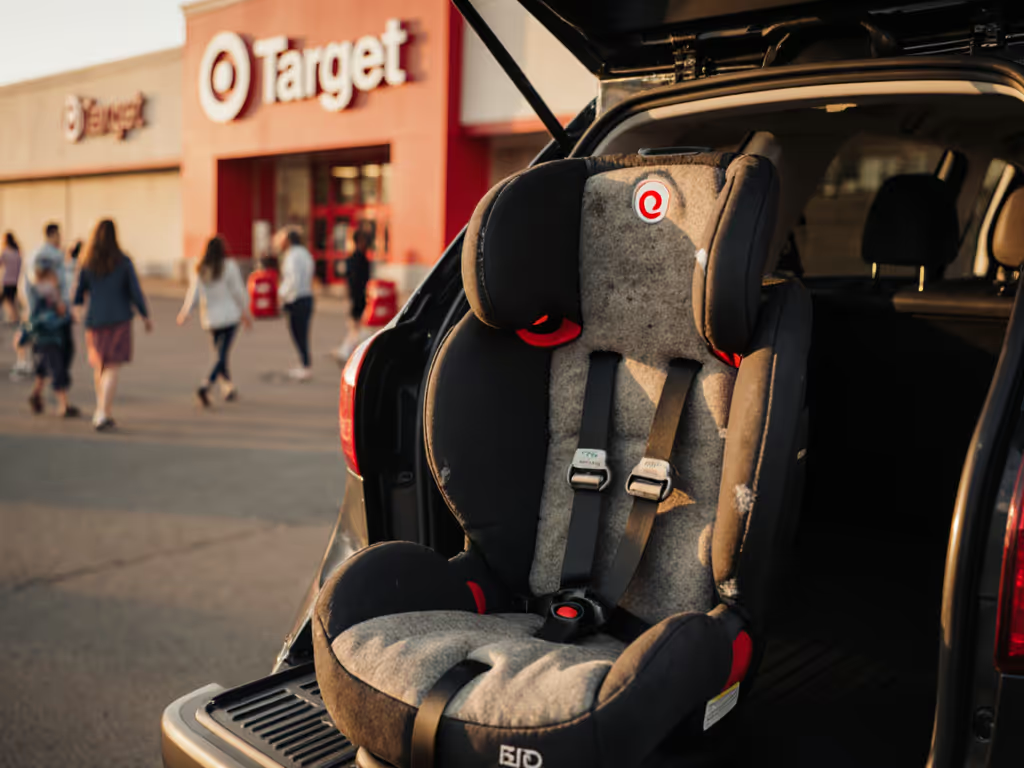
Expired Car Seat Recycling: Where to Take Yours Safely
Get clear guidance on when a car seat expires, where to take it in Knoxville - Target trade-ins, Compassion Closet, municipal drop-offs, and police checkpoints - and how to disable and prep it for recycling. Learn what to prioritize in your next seat to extend safe use and minimize waste.
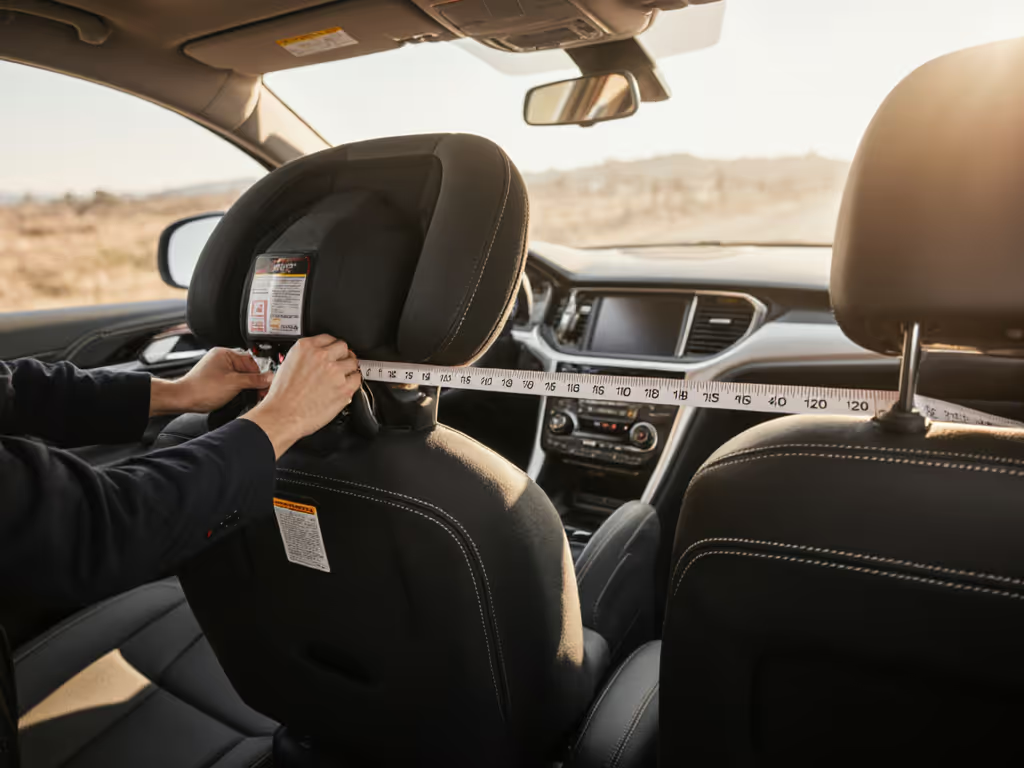
Convertible Car Seat Timing: Height Over Weight Guide
Use height-based metrics - the 1-inch headroom rule, harness slot alignment, and shell depth - to decide when to move from an infant seat to a convertible, not weight alone. Measure monthly and account for vehicle geometry to extend rear-facing safely and avoid premature, costly switches.
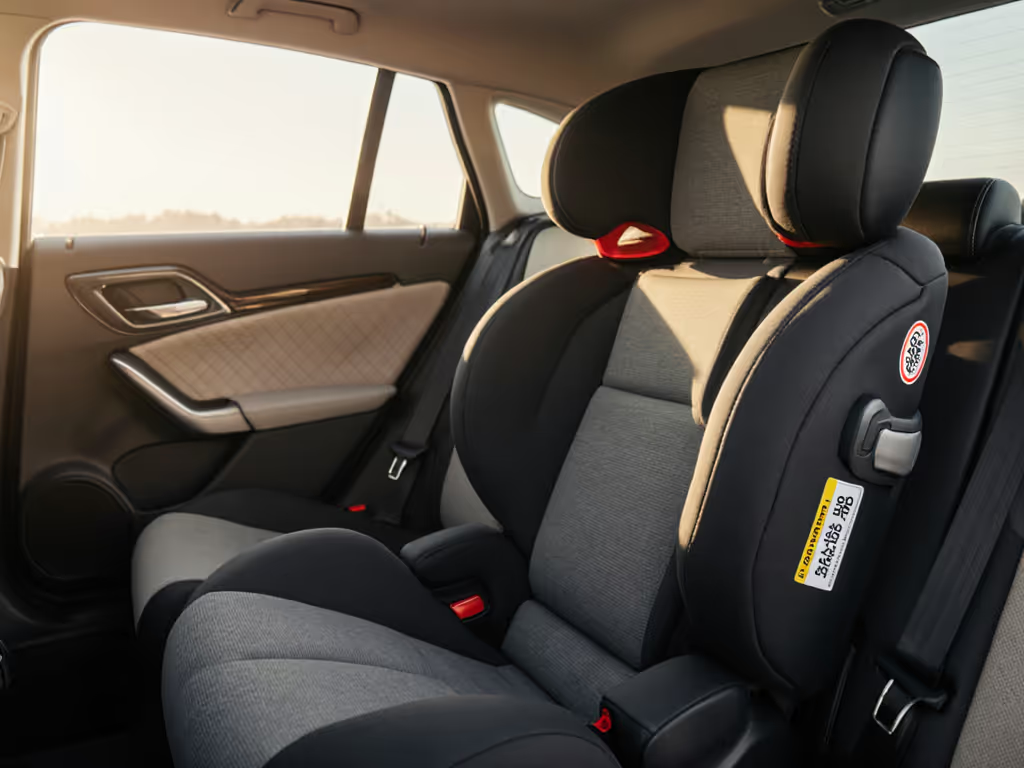
Car Seat Expiration Date: How Long Do Car Seats Last
Learn why car seats expire and how long they last (often 6–10 years by construction), then use three checkpoints to confirm your seat’s date. Apply it to plan safe hand-me-downs, avoid expired materials, and retire seats correctly.
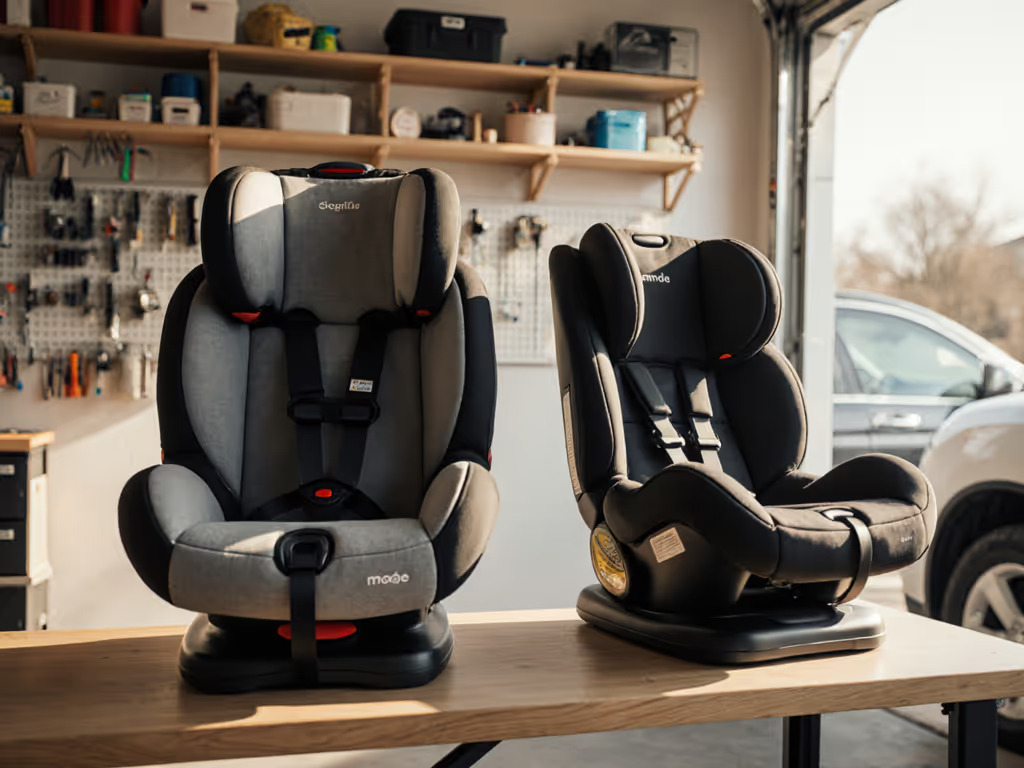
Convertible Car Seat vs Infant: Built-In Long-Term Value
Understand the real trade-offs between infant and convertible car seats and why convertibles often deliver better long-term comfort, simplicity, and value. Get evidence-based comparison points and a three-step fit check to choose with confidence.
